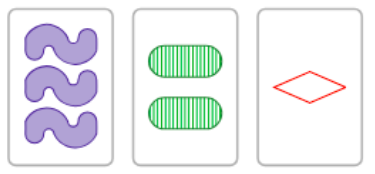
At the MathsJam annual gathering, one of the many activities attendees can participate in is a competition competition – entrants each come up with a competition and submit it into a larger competition, other attendees enter each of the competitions within the competition competition, and the organisers get the chance to make long and confusing (but strictly correct) announcements that contain the word competition a lot of times.
This year, we decided, after a spectacular last-minute MathsJam bake-off entry failure on the behalf of Katie, to enter a joint competition into the competition competition. Inspired by the ‘lowest unique answer’ style of competition, which has previously featured in various MathsJam Competition Competitions (and our recent lecture on game theory) we came up with an idea – what about a competition seeking a unique entry in a non-ordered set?


